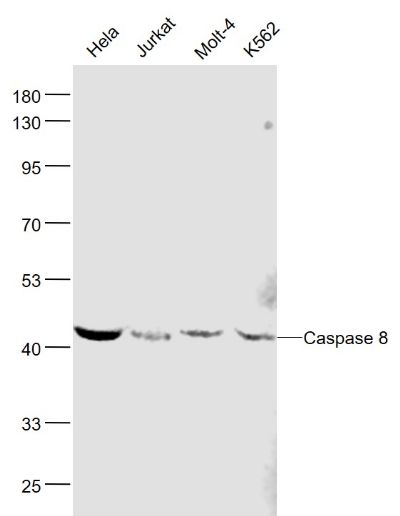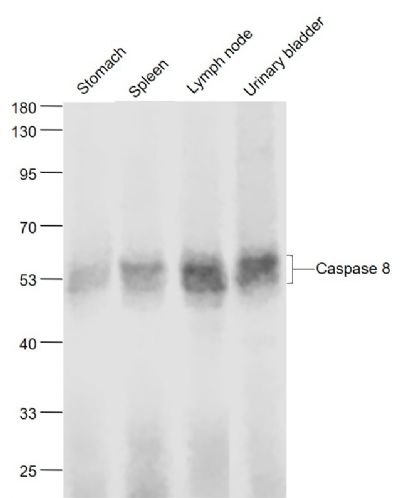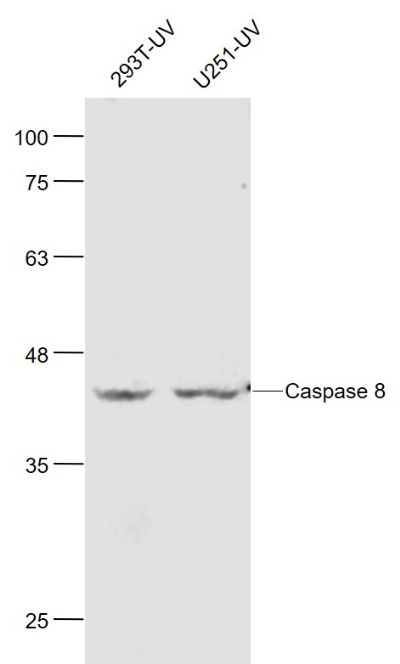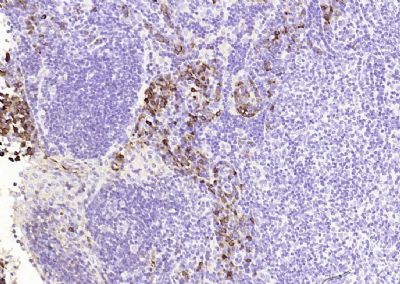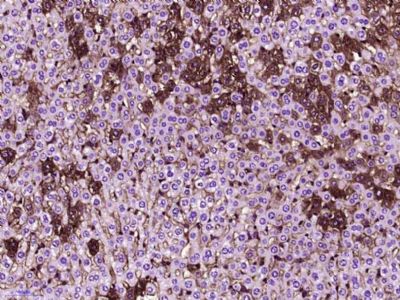Specific References (6) | SLM33190M has been referenced in 6 publications.
[IF=5.162] Serag Eldin I. Elbehairi. et al. Chitosan nano-vehicles as biocompatible delivering tools for a new Ag(I)curcuminoid-Gboxin analog complex in cancer and inflammation therapy. Int J Biol Macromol. 2020 Dec;165:2750 WB ; Human.
[IF=6.291] Peng Zheng. et al. Alleviative effect of melatonin on the decrease of uterine receptivity caused by blood ammonia through ROS/NF-κB pathway in dairy cow. Ecotox Environ Safe. 2022 Feb;231:113166 WB ; Bovine.
[IF=3.417] Lei Xiang. et al. Antitumor effects of curcumin on the proliferation, migration and apoptosis of human colorectal carcinoma HCT‑116 cells. Oncol Rep. 2020 Nov;44(5):1997-2008 WB ; Human.
[IF=3.067] Kang Z et al. Copper-induced apoptosis and autophagy through oxidative stress-mediated mitochondrial dysfunction in male germ cells. Toxicol In Vitro. 2019 Sep 3;61:104639. WB ; Mouse.
[IF=3.448] Xu B et al. Excessive mechanical stress induces chondrocyte apoptosis through TRPV4 in an anteriorcruciate ligament-transected rat osteoarthritis model. Life Sci. 2019 Jul 1;228:158-166. WB ; Rat.
[IF=4.462] Zhao W et al. Junduqing extractive promotes the apoptosis of nasopharyngeal carcinoma cells through down-regulating Mcl-1 and Bcl-xL and up-regulating Caspase-3, Caspase-8 and Caspase-9. Artif Cells Nanomed Biotechnol. 2019 Dec;47(1):3904-3912. WB ; Human.
